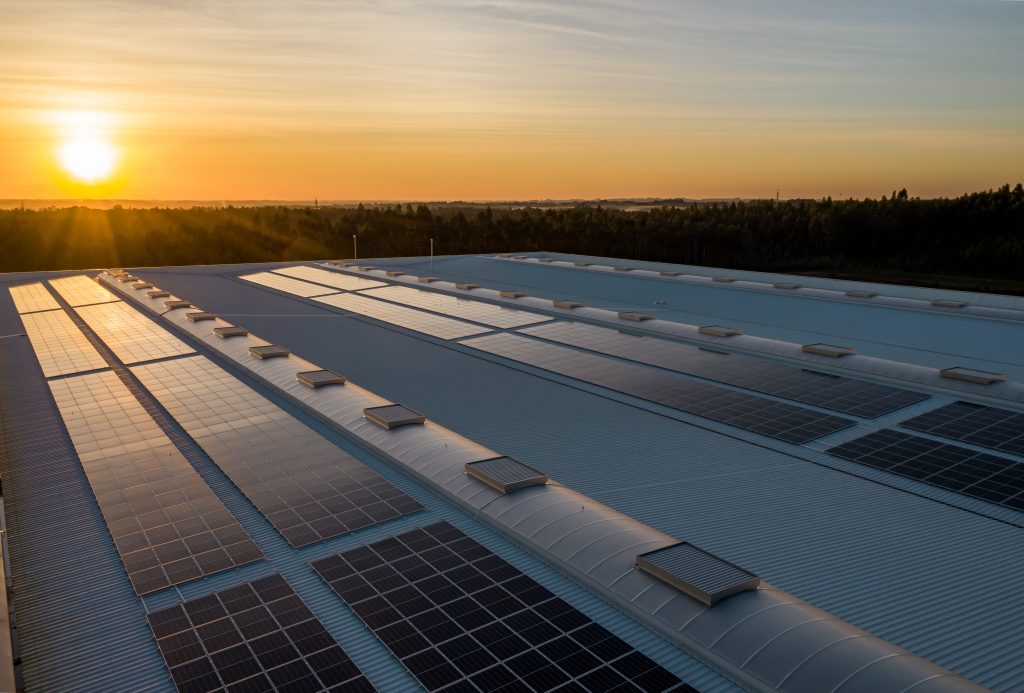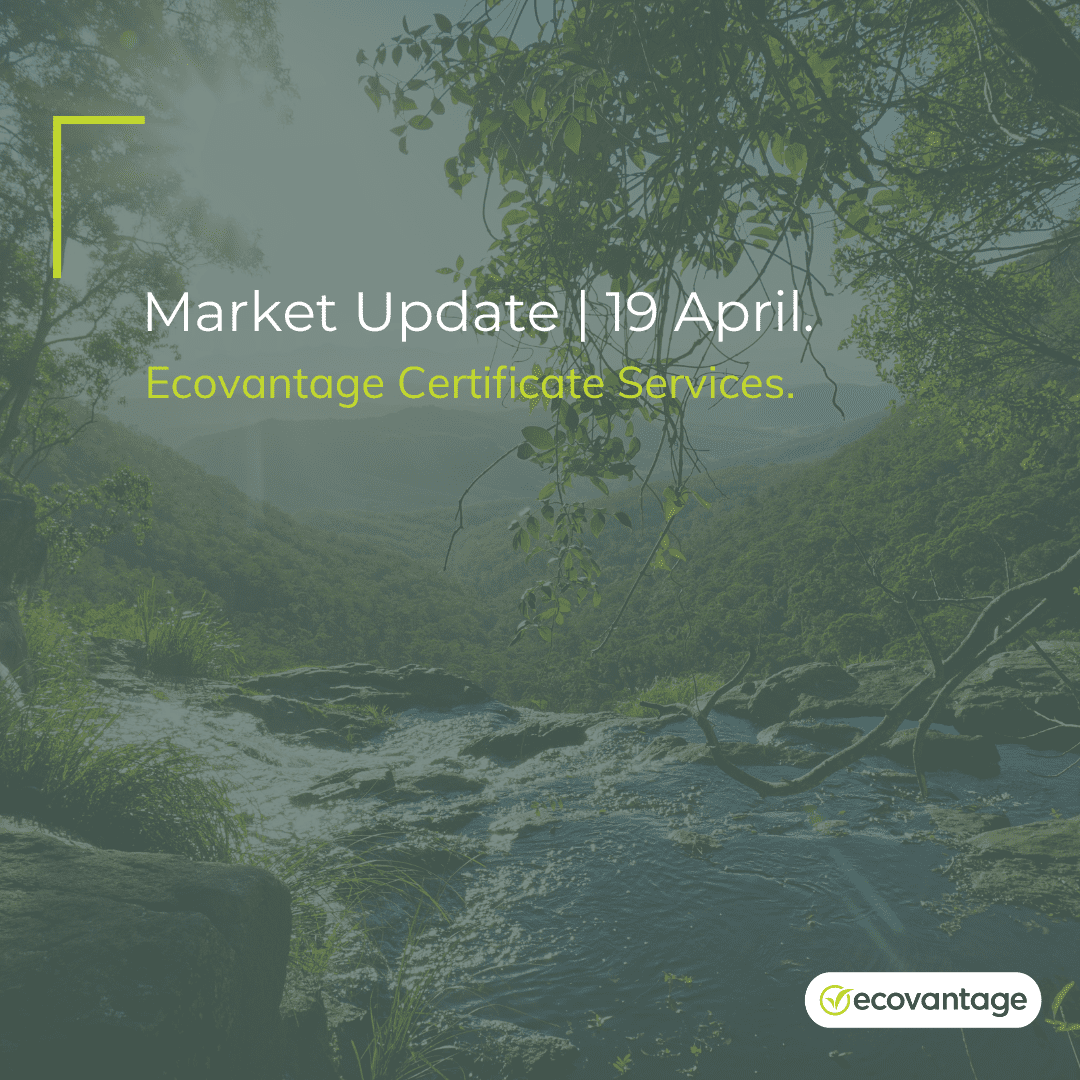I’ve taken climate action but don’t know what statements I can make.
Many organisations are taking positive action to mitigate future climate change and want to share their positive momentum towards a greener and safer future with their stakeholders, clients, and business partners. So what exactly can your organisation say once it has taken action? This article outlines some common pathways and what you can claim when you have achieved certain milestones.
Please note that it is always advisable to work with your sustainability consultant to confirm the exact language best suited for your organisation’s accomplishments. This article has been written for informational purposes only and may not be specific to your organisation’s circumstances.
Energy Efficiency
Under some state-based schemes, homeowners and businesses are provided with rebates to undertake energy efficiency upgrades and improvements. Regardless of the creation of certificates from these programs, undertaking energy efficiency upgrades is a great way to reduce your emissions.
When you complete energy efficiency upgrades, you are signalling your commitment to decarbonisation initiatives. Not only are you able to reduce your overall energy consumption which reduces your energy bills, but you are simultaneously reducing your Scope 1 and 2 carbon emissions.
What can I claim?
If you are able to measure your consumption before and after upgrades are completed, you can claim the amount of energy reductions the initiative has led to.
Example 1: Your annual pre-upgrade electricity consumption was 1,000 kWh and your annual post-upgrade consumption is 750 kWh. You may claim that you have reduced your electricity consumption by 250 kWh or 25%. Note that you must measure your pre and post-upgrade consumption in order to make this claim.
You can further claim any associated emission reductions from the upgrades performed.
Example 2: Your annual pre-upgrade electricity emissions was 100 tonnes CO2e and your annual post-upgrade electricity emissions are 75 tonnes CO2e. You may claim that you have reduced your electricity emissions by 25 tonnes CO2e or by 25%. Note that you must measure and calculate your pre and post-upgrade emissions to make this claim.
Renewable Energy Generation
Many organisations are taking steps to reduce their emissions by installing on-site renewables including solar panels. Solar systems under 100 kW are able to generate small-scale technology certificates or STCs. Systems larger than 100 kW generate large-scale generation certificates or LGCs.
What can I claim?
Energy generators that create STCs are able to claim the renewable energy consumption from any generation on-site. This also includes if the STCs have been sold to other organisations.
Example 3: If you have a 50 kW solar system on your rooftop and generate 100 kWh of electricity, you are able to claim 100 kWh of energy consumption as renewable. The 100 kWh of electricity produced by this system will also be classified as zero emissions.
Energy generators that create LGCs are able to claim renewable energy consumption only if these LGCs are retired in the name of the organisation. Any LGCs that are sold to another organisation are not eligible for renewable energy claims. This is to ensure that no double counting of renewable energy occurs. As well, if LGCs are sold, the organisation that created those LGCs are unable to claim the emissions reduction benefit.
Example 4: An organisation creates 100 LGCs from its renewable energy project and doesn’t consume any grid electricity. All of these LGCs are used for internal compliance. This organisation may claim 100% renewable energy as well as zero Scope 2 emissions.
Example 5: An organisation creates 100 LGCs from its renewable energy project and consumes 100 MWh of additional grid electricity. If the organisation consumes 200 MWh total of electricity and retires all LGCs in its name, it may claim 50% renewable energy and a 50% reduction in its Scope 2 emissions.
Example 6: An organisation purchases and voluntarily retires 100 LGCs from a renewable energy project to offset its 100 MWh of grid electricity consumption. This organisation may claim 100% renewable energy consumption as well as zero Scope 2 emissions.


Renewable Energy Attributes
There are many opportunities available for organisations to procure renewable energy. This can be through a power purchase agreement, the purchase and retirement of renewable energy certificates (including large-scale generation certificates or LGCs), or procurement of GreenPower.
In general, your organisation must retire renewable energy attributes in its name to be able to claim any benefit from this use. If your organisation creates certificates and sells these to another entity, you are no longer able to claim the renewable energy benefit.
What can I claim?
If your organisation purchases renewable energy, you may claim the percentage of renewable power that you have used.
Example 7: if you consume 10 MWh of electricity in a year and purchase 5 LGCs (equivalent to 5 MWh), you may claim that you are using 50% renewable electricity.
To make claims of using 100% renewable energy your organisation must procure all of its electricity from GreenPower, or purchase renewable energy certificates for all of its electricity consumption. You may also make claims relating to emission reductions from the use of renewable energy.
Example 8: if you consume 10 MWh of electricity and purchase 10 LGCs (equivalent to 10 MWh), you may claim that you have zero Scope 2 emissions.
Note that the purchase of carbon offsets for electricity consumption does not allow you to make a renewable energy claim. Instead you are able to claim that your electricity is carbon neutral.
Carbon Neutrality
In Australia, organisations are able to obtain carbon neutral certification through the federally administered Climate Active program. Under Climate Active, organisations must measure, reduce, offset, and report on their Scope 1, 2, and 3 carbon emissions. All emissions under the organisation’s control must be included.
What can I claim?
Climate Active certification occurs on an annual basis, where reporting is finalised after the designated period (either calendar or financial year). While an organisation is awaiting its initial certification, it can claim that it is under the process of obtaining Climate Active Carbon Neutral Certification.
Example 9: An organisation is in the process of obtaining carbon neutral certification for FY 21/22. It is expected that certification will be finalised in December 2022. Until certification has been obtained, the organisation may only claim that it is in the process of obtaining Carbon Neutral Certification for FY 21/22 through Climate Active. Once the certification has been approved, the organisation may claim its Carbon Neutral status for FY 21/22 in line with the Climate Active guidelines. This includes use of the Climate Active badge per the Licence Agreement.
Once an organisation obtains Climate Active certification, it is only valid for the period of one year. For ongoing claims, organisation’s must continue to measure, reduce, offset, and report their emissions annually.
Example 10: An organisation obtained Carbon Neutral certification in FY20/21. It is currently in the process of obtaining its certification for FY 21/22. The organisation may claim its carbon neutral status for FY 20/21, but must make sure that it only continues to claim certification once FY 21/22 has been completed.
Net Zero
The Science Based Targets Initiative Net Zero Standard is the only international standard for setting net zero targets. Organisations must commit to reducing emissions by 50% by 2030 and 90-95% by 2050.
What can I claim?
Organisations who set SBTi Net Zero targets are only able to claim that they are net zero, when they have reduced their emissions by 90-95% and all remaining emissions are being removed through the purchase of carbon removals. Net zero requires deep emission cuts and without internal decarbonisation initiatives, the status of net zero emissions is not met.
The Net Zero Standard does not require organisations to purchase carbon offsets. Instead, priority should be given to reducing emissions through internal decarbonisation initiatives or by influencing your organisation’s value chain. This means that organisations who are Carbon Neutral Certified have not yet achieved net zero emissions.
Organisations may claim that they have set net zero targets in line with the SBTi Net Zero Standard. The target dates may be included in these claims as long as they have been validated by SBTi.
Example 11: An organisation has set a net zero target for 2040 following the SBTi Net Zero Standard. The organisation may announce that it has set a net zero target for 2040 and that it is working on a decarbonisation strategy to support this plan.
How can Ecovantage help?
Ecovantage is an industry leader in climate solutions and supports organisations on their journey to 100% renewable energy, carbon neutrality, and net zero. Our Decarbonisation Unit can provide the expertise required to support your organisation on its Climate Journey including supporting the development of marketing material on claims that can be made. From emissions inventories to strategy development and target setting, our team of specialists can provide support. Contact our Decarbonisation Specialists to find out more.

 Victoria
Victoria




